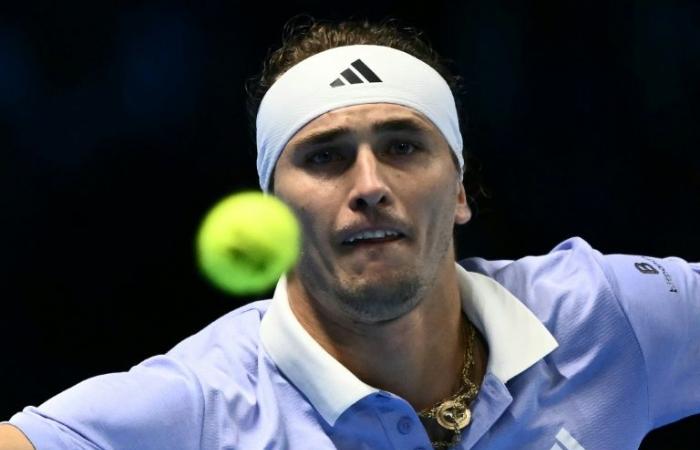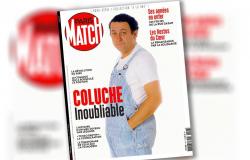11/12/2024 at 2:24 p.m. by AFP
The little yellow ball drives them crazy. Or at least skeptical: “Bullets are a big problem,” regretted the world No.2 Alexander Zverevfrustrated like the majority of his colleagues, at having to play with different balls from one tournament to another and having lost a lot, according to them, in quality.
This is the subject that ignites the post-matches of the ATP Masters: not the future of the “masters tournament” which, after 2025, could leave Italy, but the quality of the balls used throughout the year on the circuit.
Not a press conference in Turin without the subject, recurring on the circuit as well as the speed of the surfaces on which they play, being raised by the players.
The ATP has had a partnership contract since 2019, extended last year until 2028, with Dunlop, but the Japanese manufacturer's balls are only used “by almost half of the tournaments on the circuit, including four Masters 1000 and the ATP Masters”, recalled the body which oversees the men's circuit.
– “Zero pleasure” –
Tournament organizers can have their own ball supplier on their side, as is the case for the four Grand Slam tournaments which consume more than 50,000 balls each year and provide manufacturers with much sought-after exposure to amateur players.
The Australian Open is supplied by Dunlop, Roland-Garros and the US Open by the American Wilson and Wimbledon by the British Slazenger.
“When we have a sequence of four tournaments on the same continent, we can have four different ball suppliers, that can make things difficult, it’s quite a challenge,” summarized Casper Ruud after his resounding victory against Carlos Alcaraz (6-1, 7-5).
The most virulent on the subject is the world No.4 Daniil Medvedev who, recently in Shanghai, pretended to spit on a ball and wipe his butt with another.
“It’s as if the bullets died in mid-flight,” the Russian tried to explain after his victory against the Australian Alex De Minaur 6-2, 6-4.
“On a return of serve, when I am five meters from the line, the ball stops and the guy in front of me has all the time to attack me. Everyone can stay in the game when there is long exchanges when that was my strong point before,” he noted.
“The problem is general and not limited to one supplier: the quality of the balls has deteriorated, they have become slower, they last less, they change from one batch to another, they lint more,” added Zverev after his victory against Andrey Rublev (6-4, 6-4).
– Cost reduction –
The German, a member of the ATP Players' Council, claims to have done research, discussed with the manufacturers, and delivered his conclusions.
“Because of the Covid pandemic, manufacturers have tried to reduce their production costs and are using a different rubber which makes the balls 30 to 60% slower,” he estimated.
“Because of this new basic material used, the air and pressure do not remain in the ball, this air and this pressure drop dramatically as the rallies progress,” continued the recent winner of the Masters 1000 in Paris.
How do these balls changed every seven games behave? “A bit like badminton shuttlecocks, they are very fast for the first two or three meters, then they simply slow down,” he illustrated.
And Zverev sounded the alarm by worrying about the impact on the health of the players: “It is because of the balls that many players have shoulder and wrist problems, it was not the case ten or fifteen years ago.
Ruud wants to see in these sometimes unpredictable bounces of the little yellow balls “in a certain way all the beauty of our sport”.
“If there was only one supplier, it would be unfair to those who prefer Tecnifibre or Wilson balls,” notes the Norwegian.






